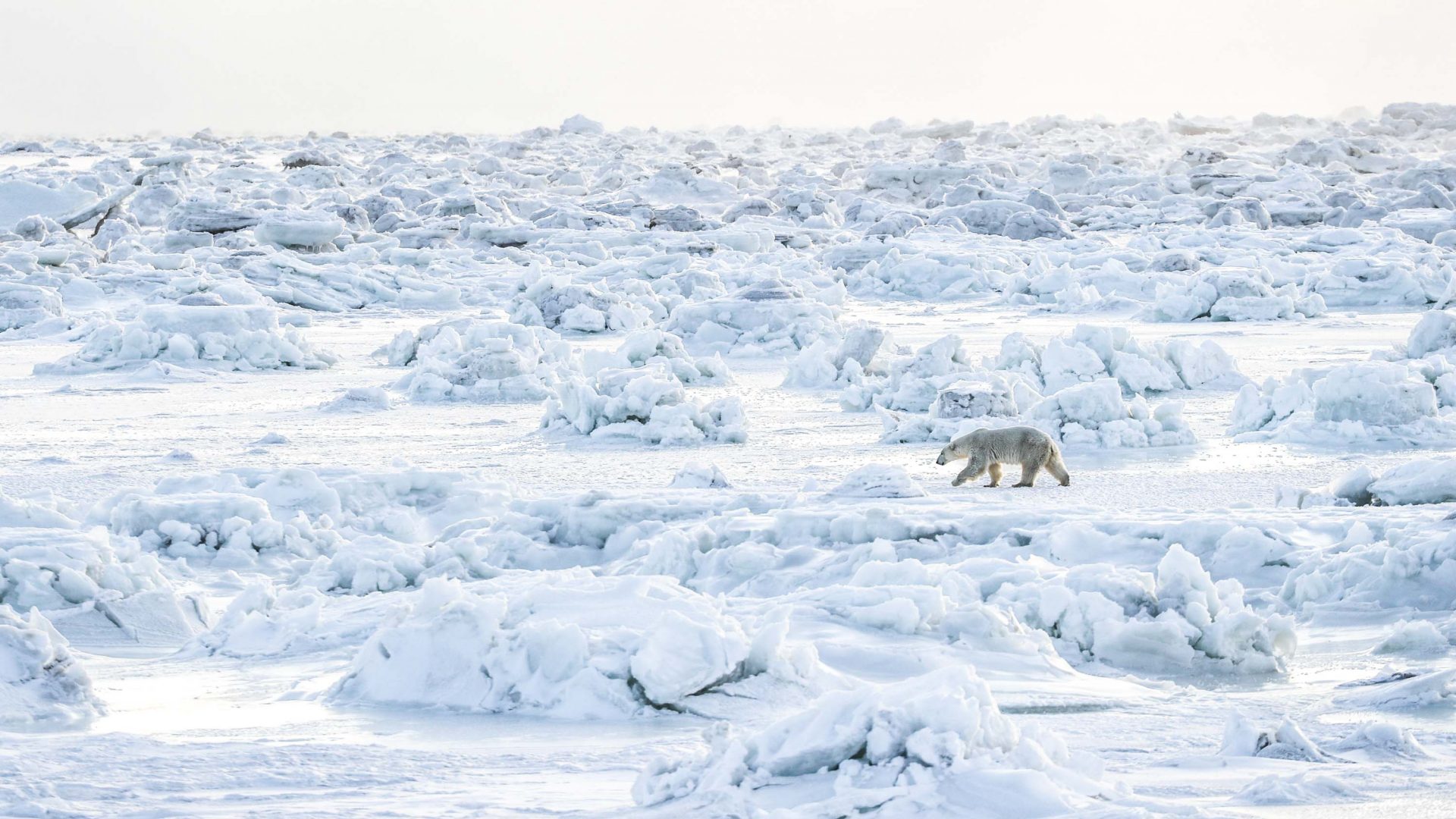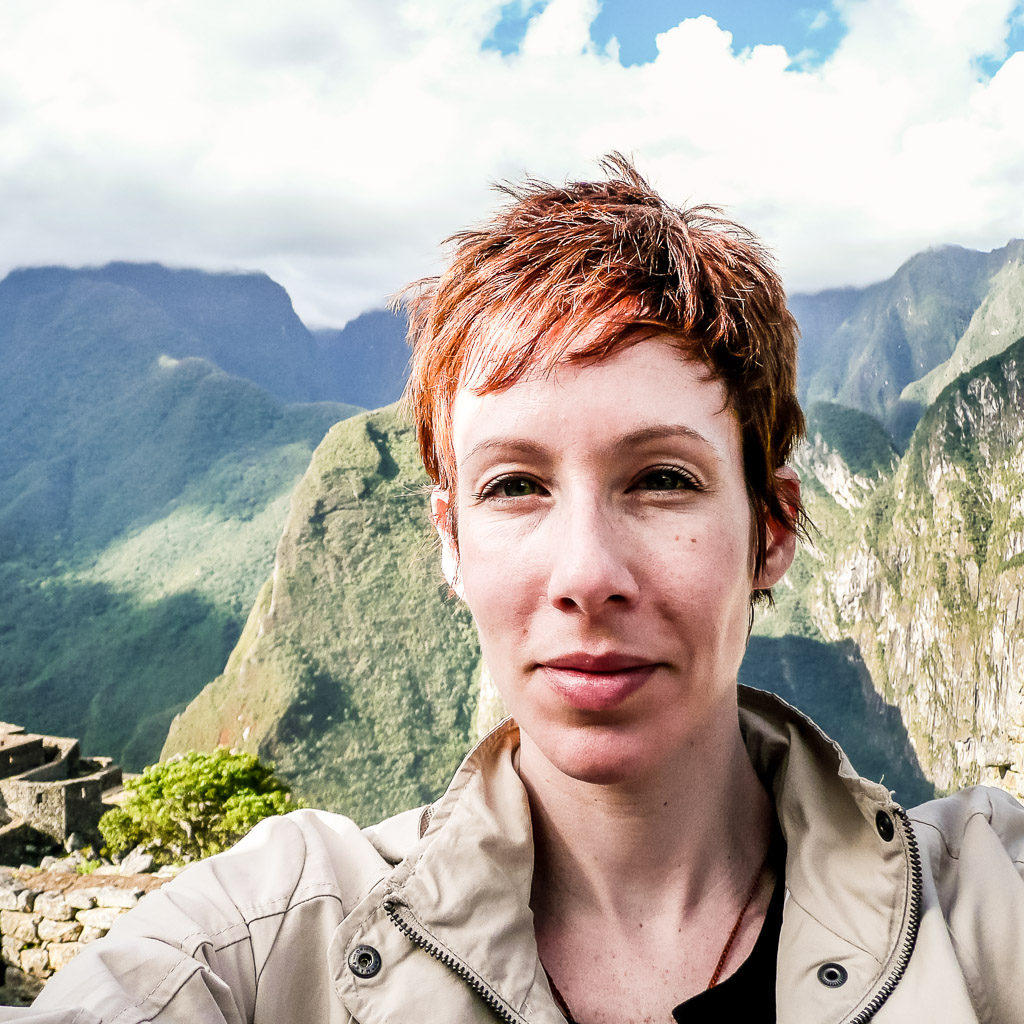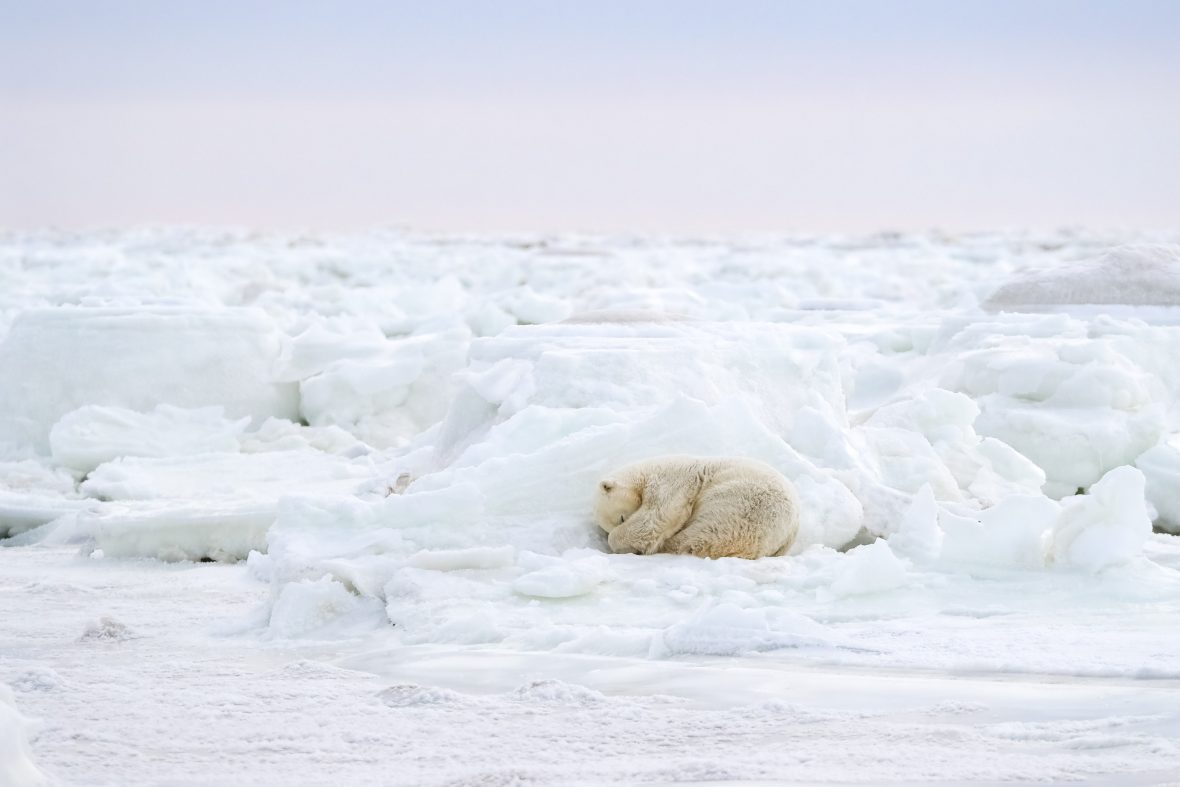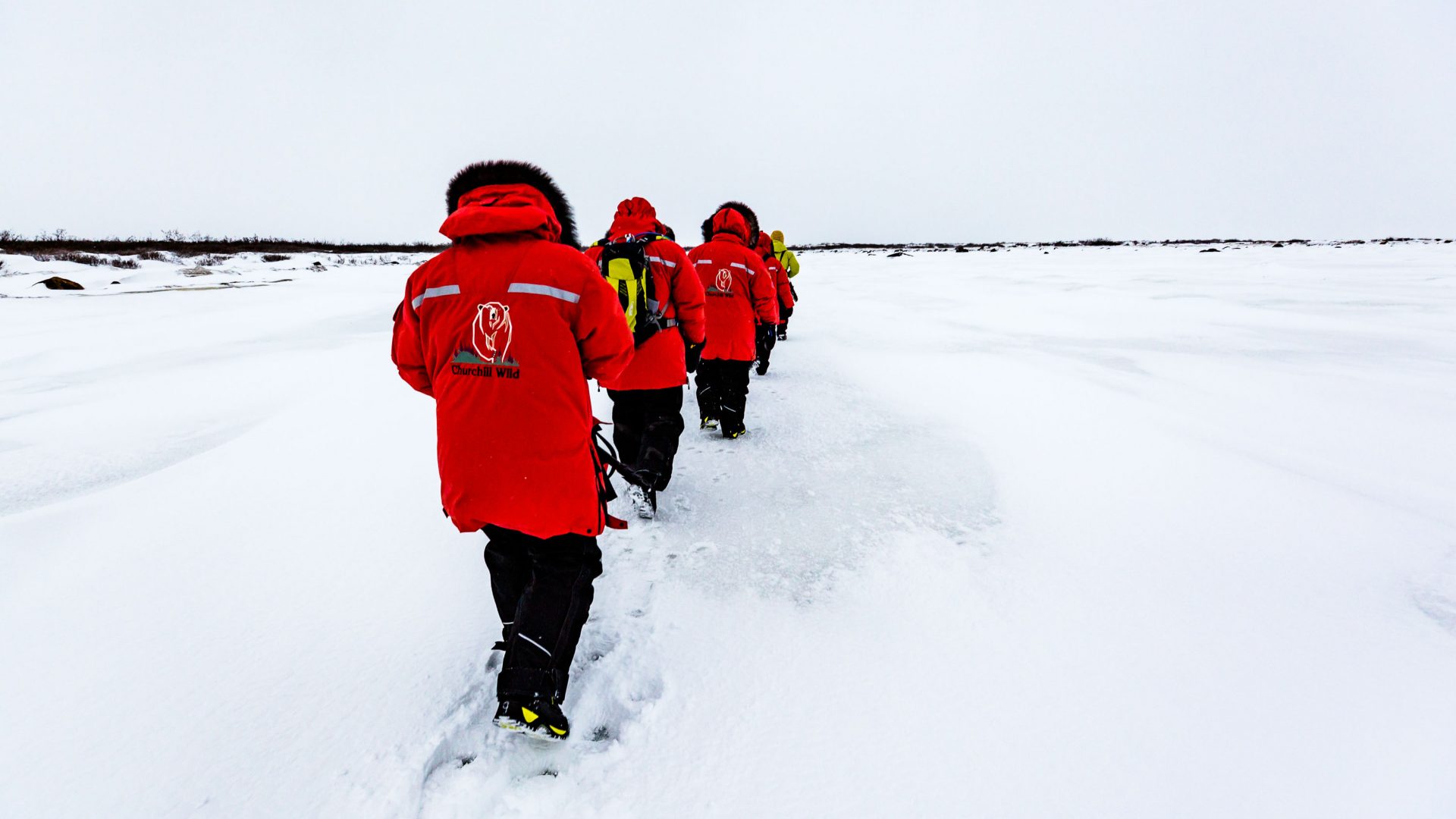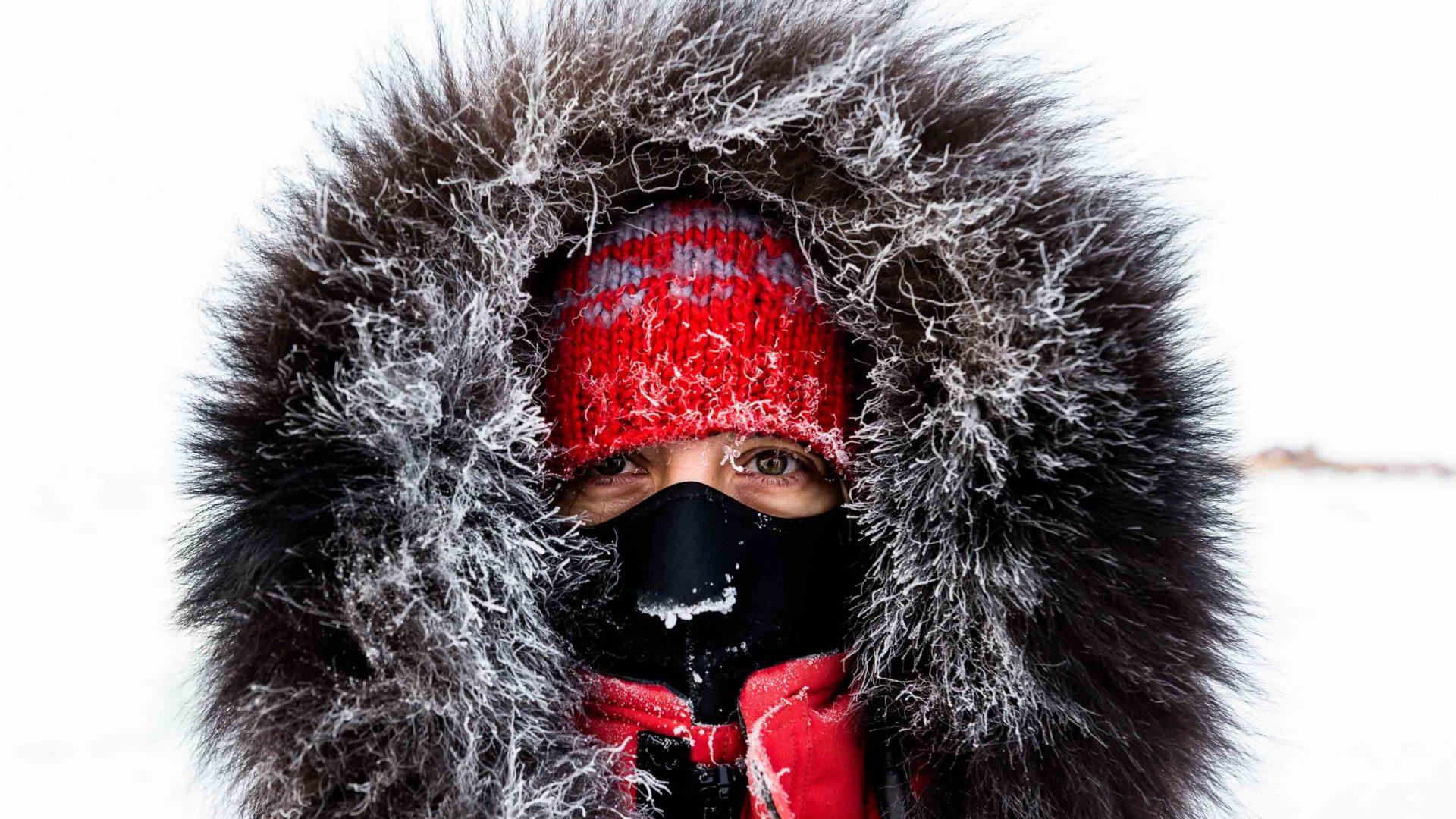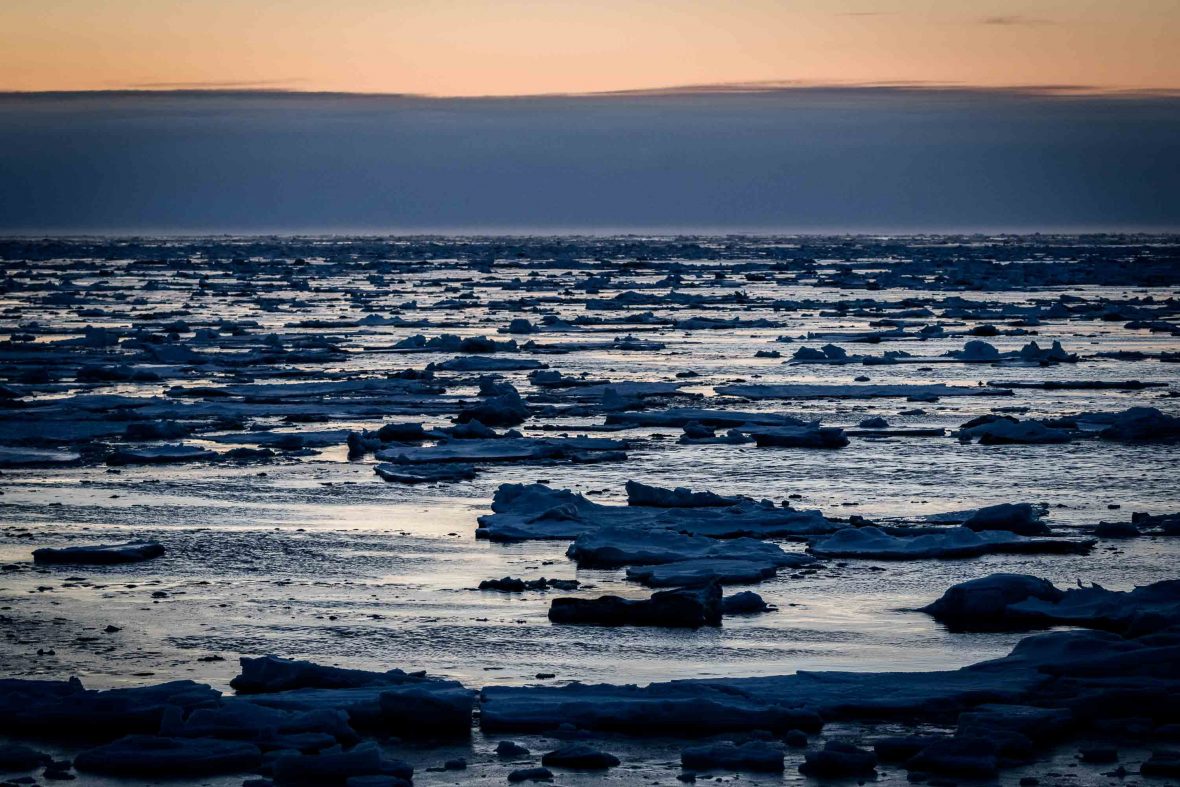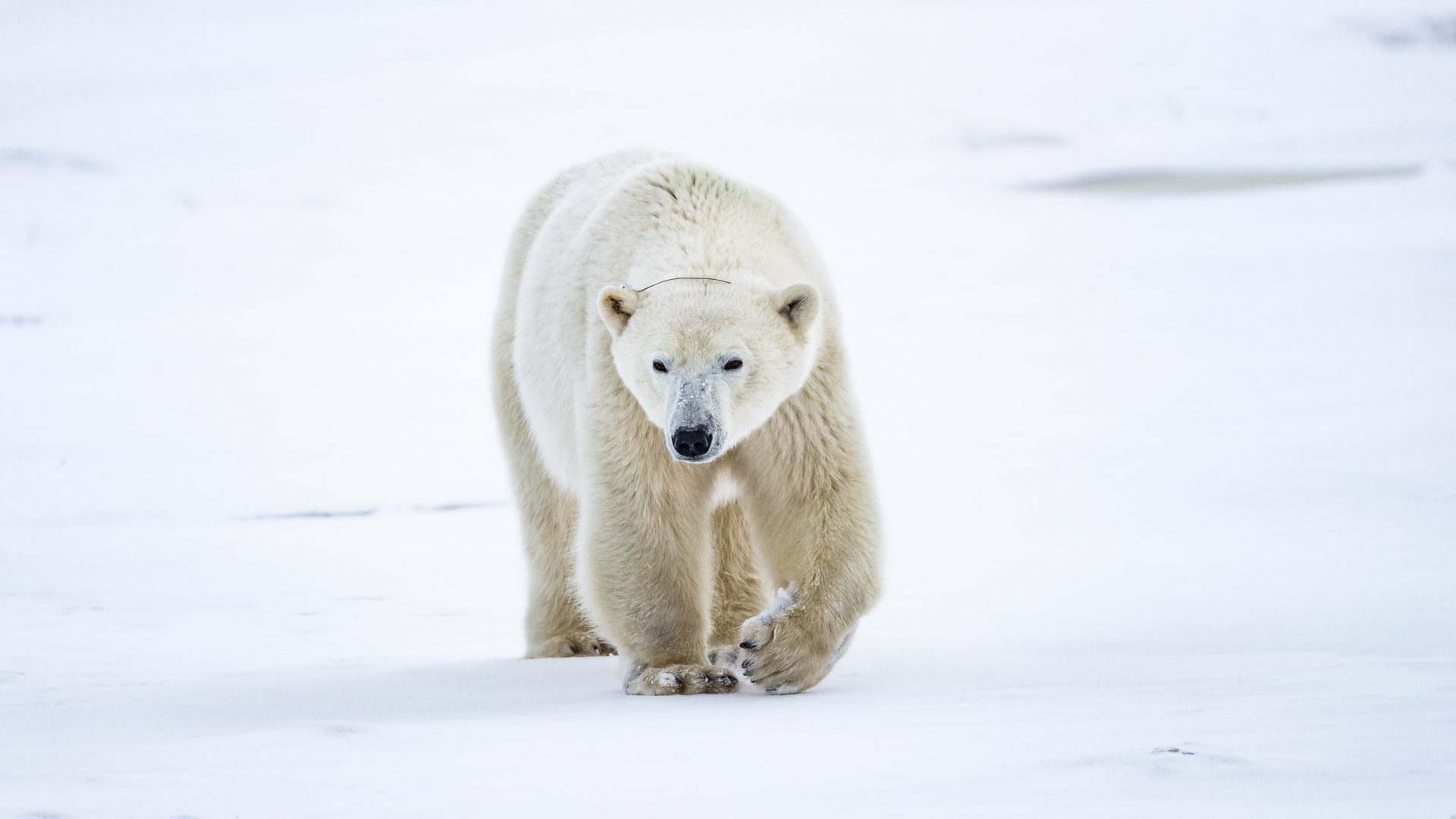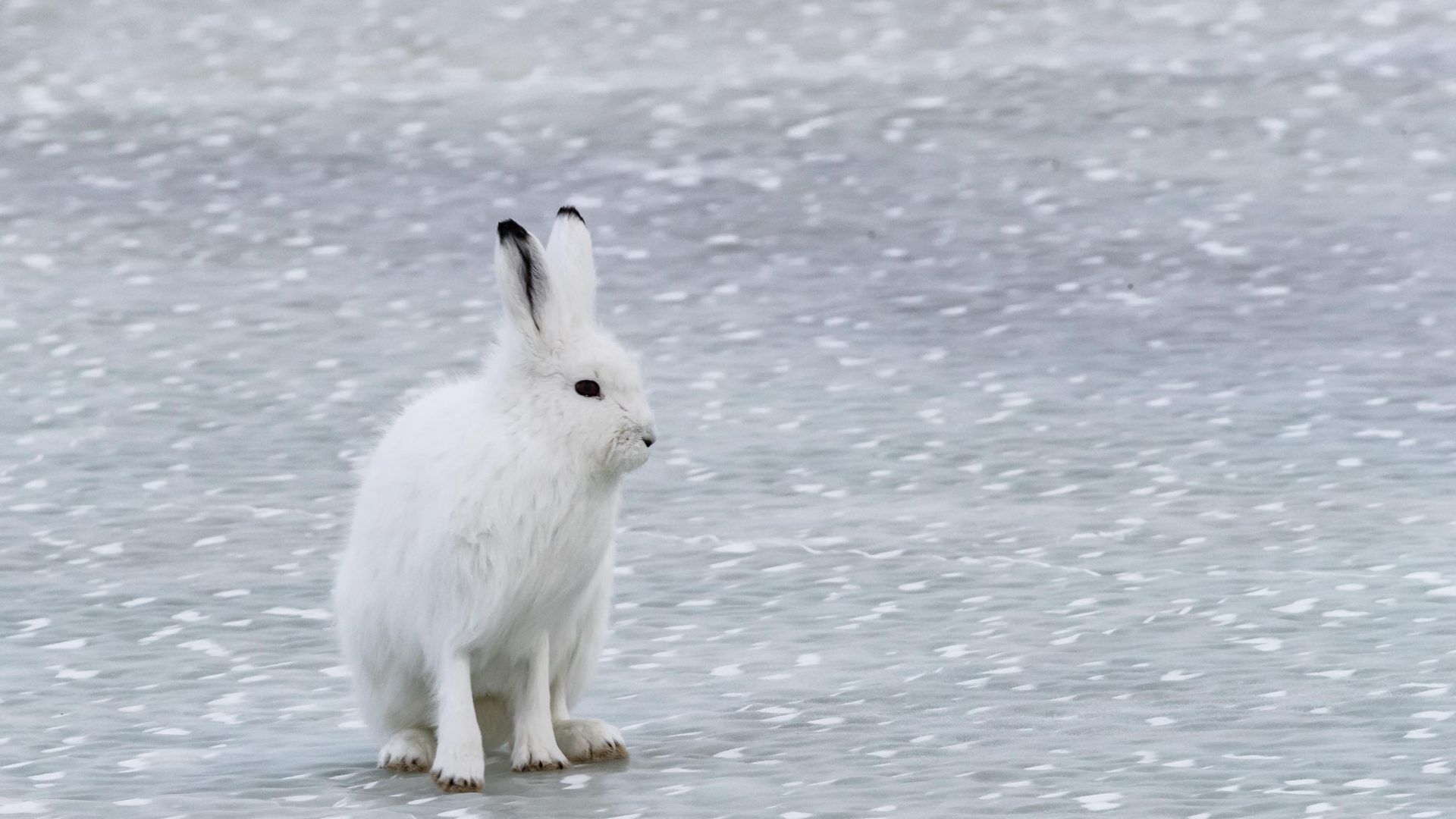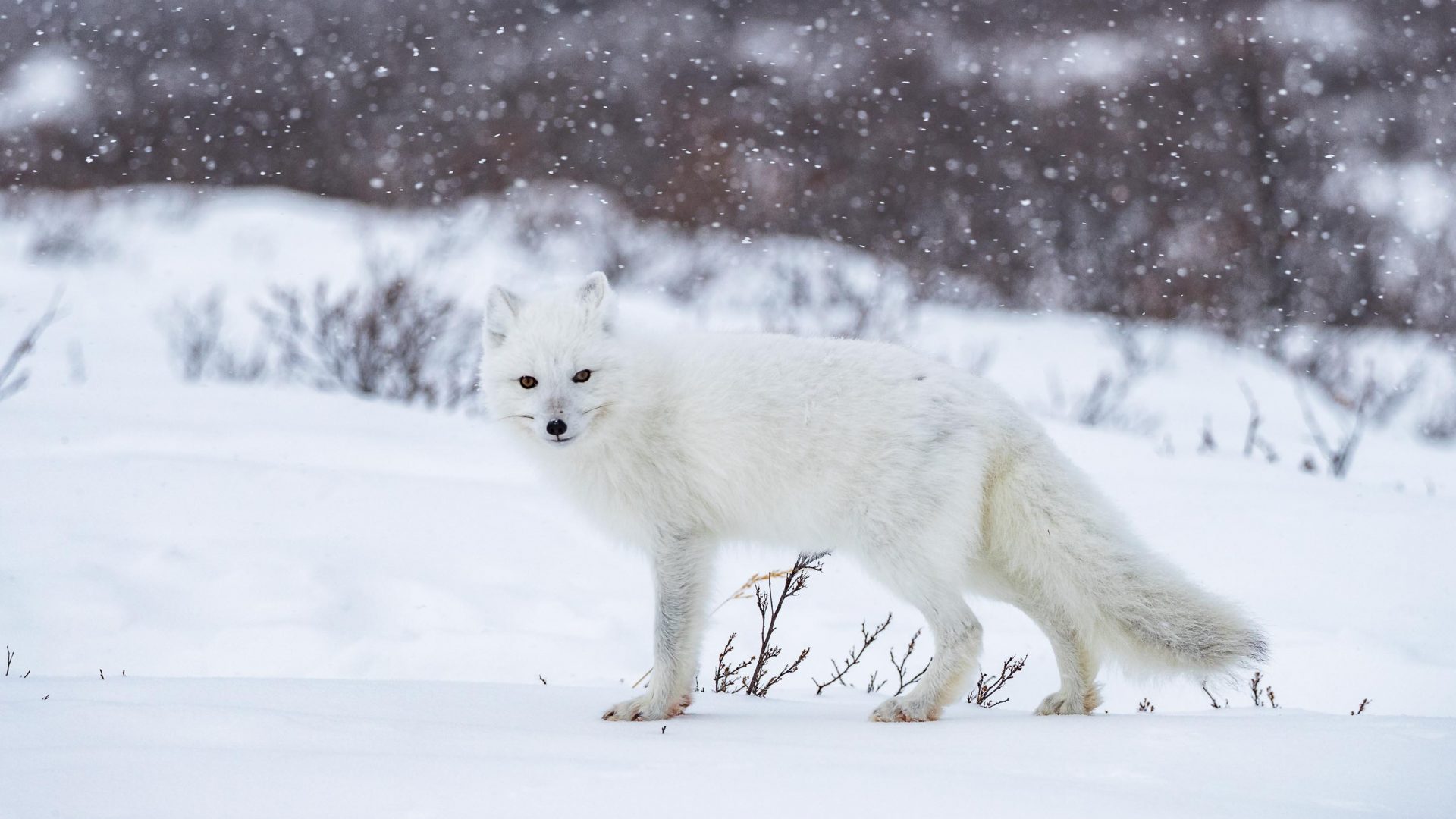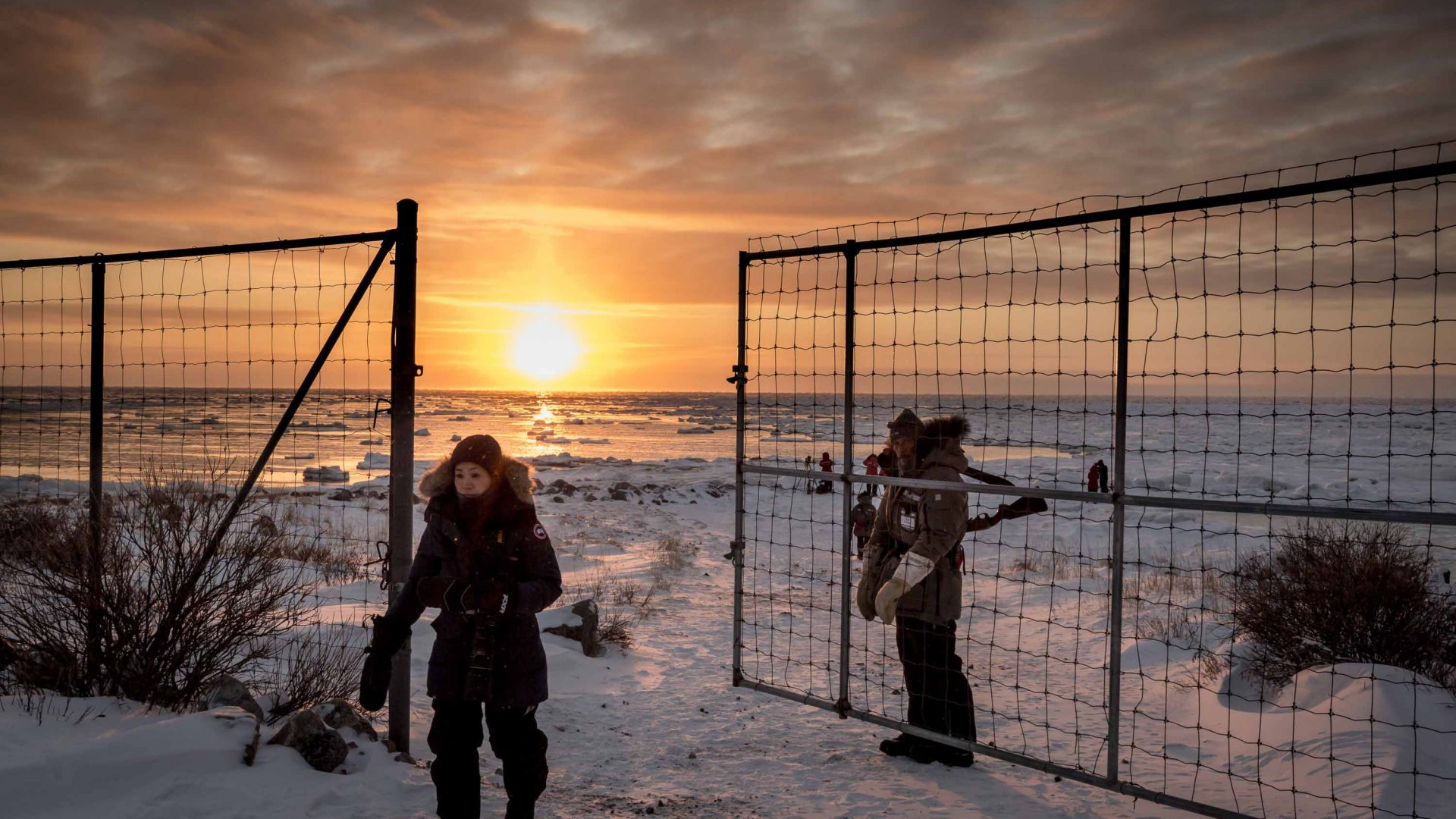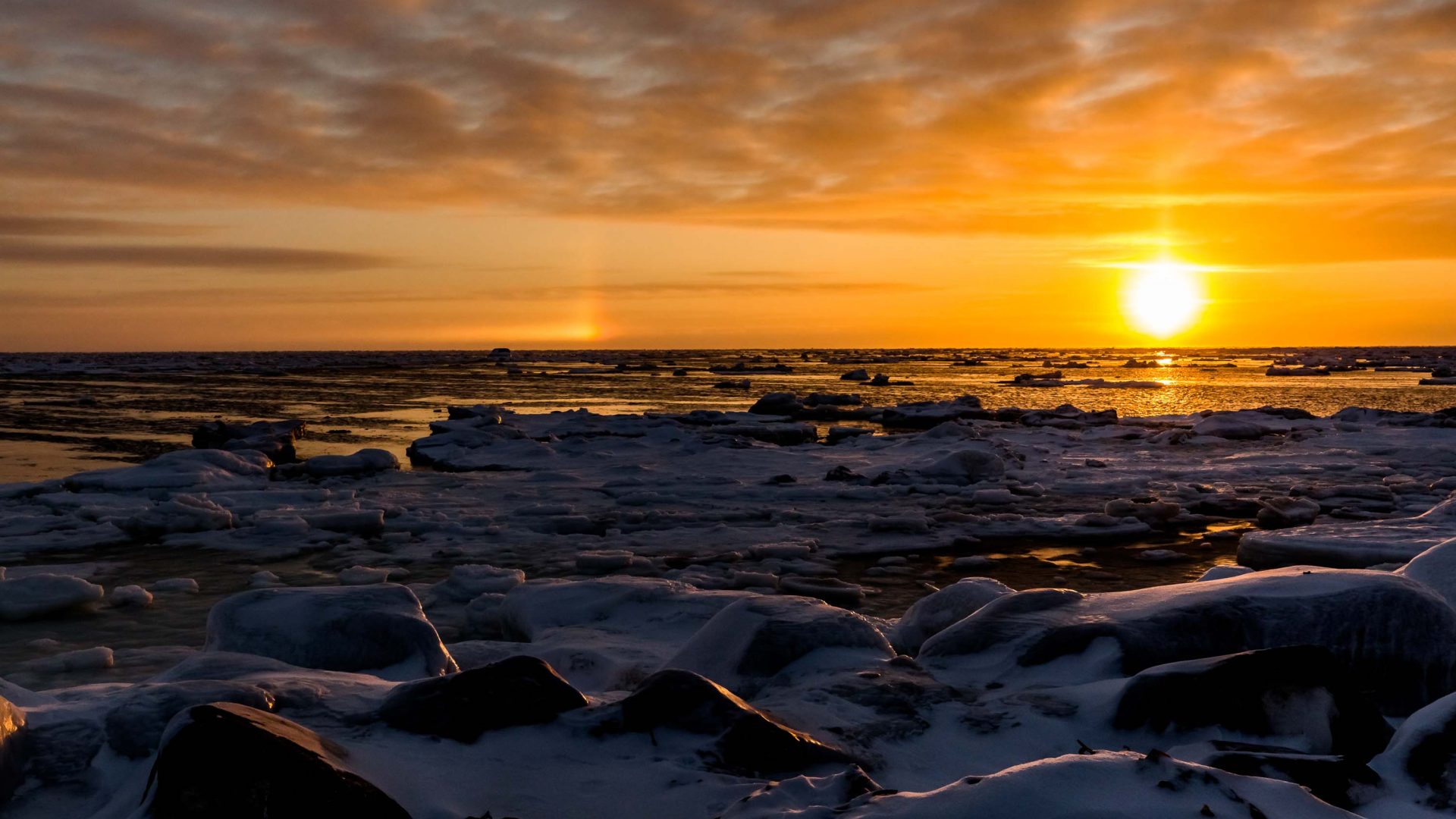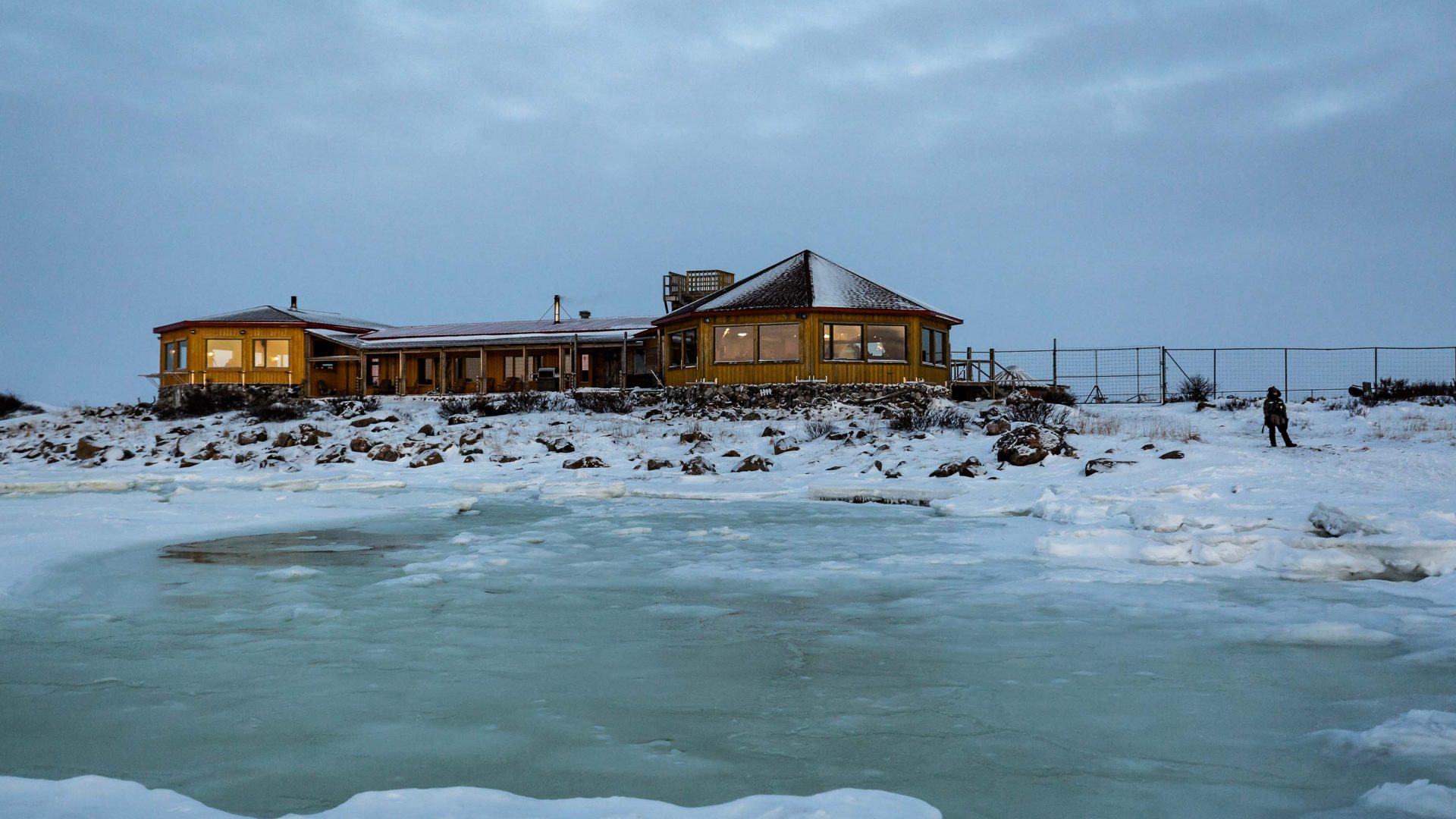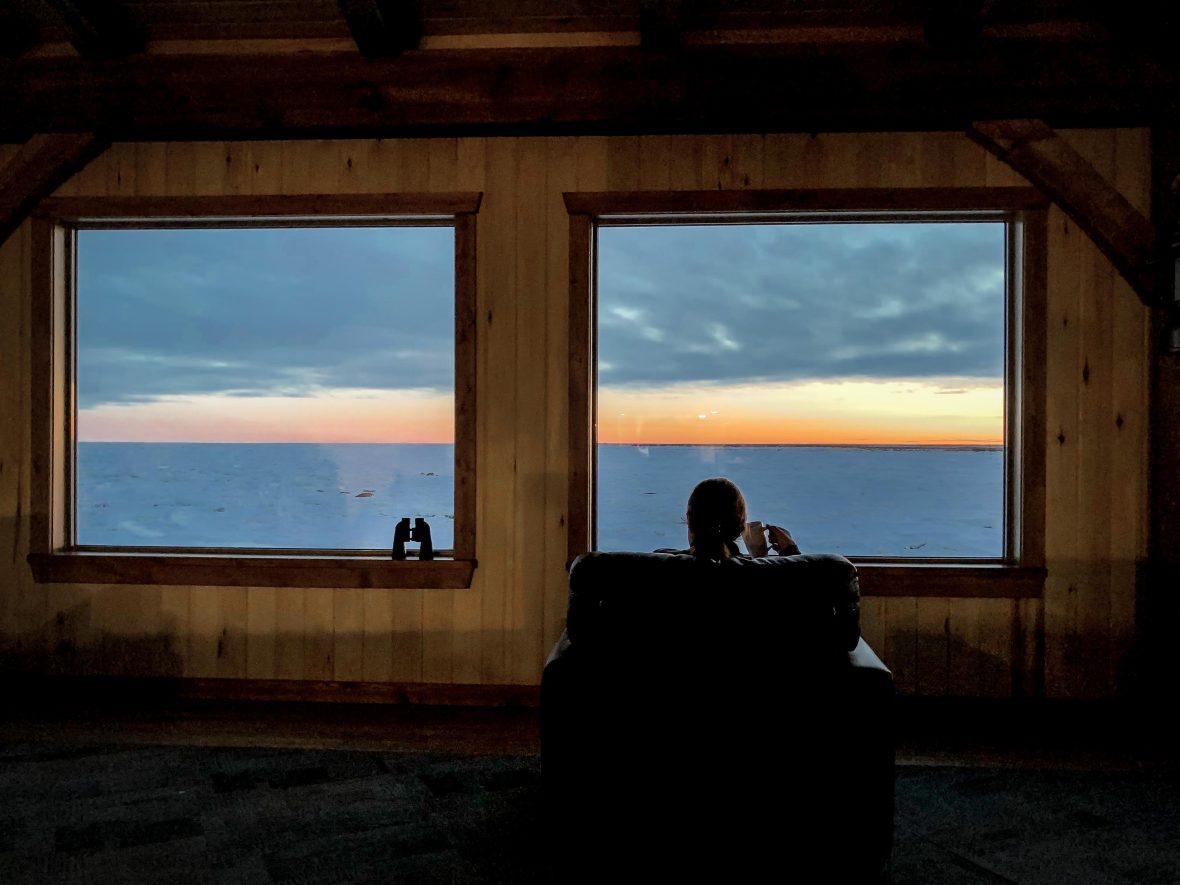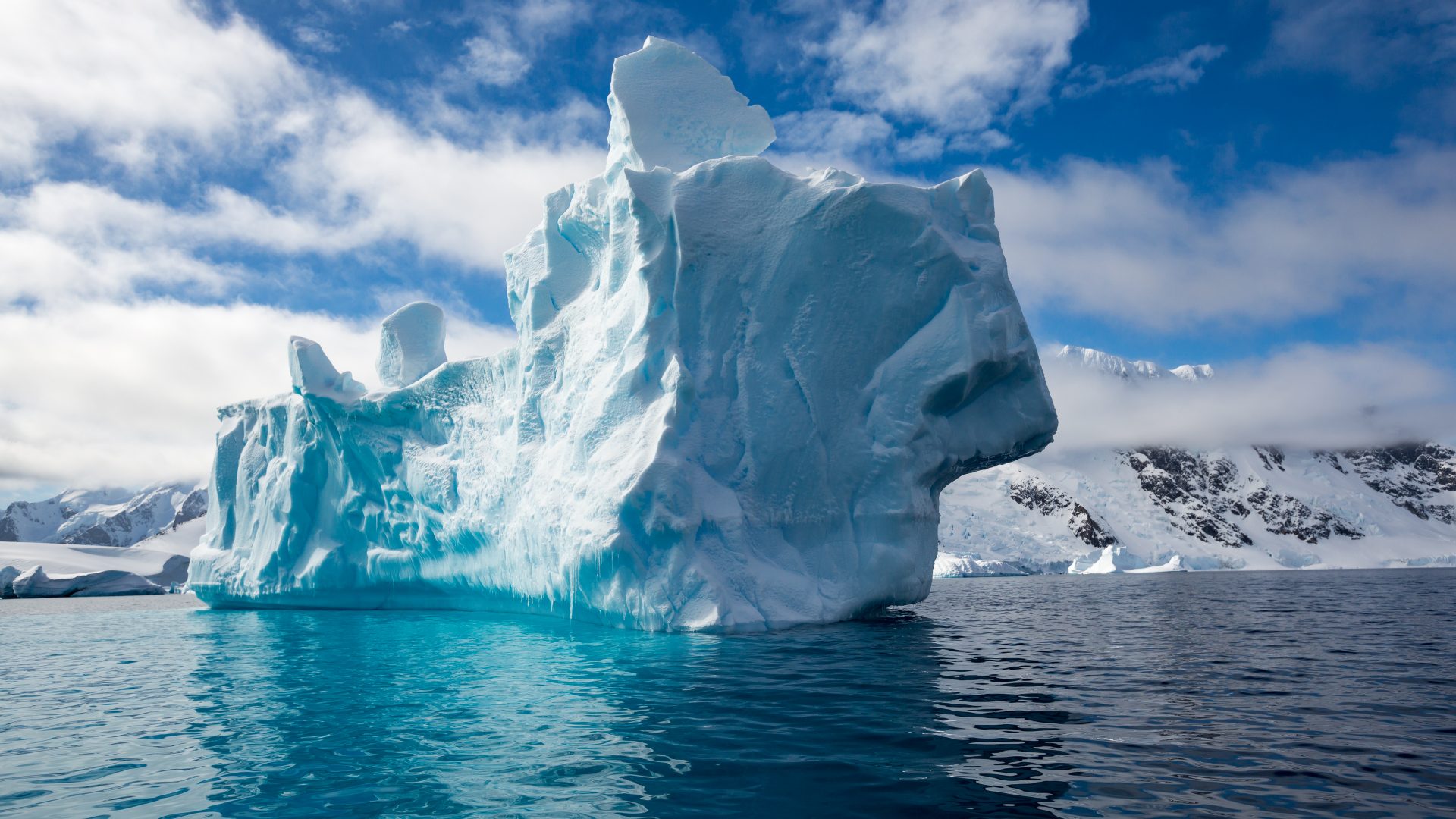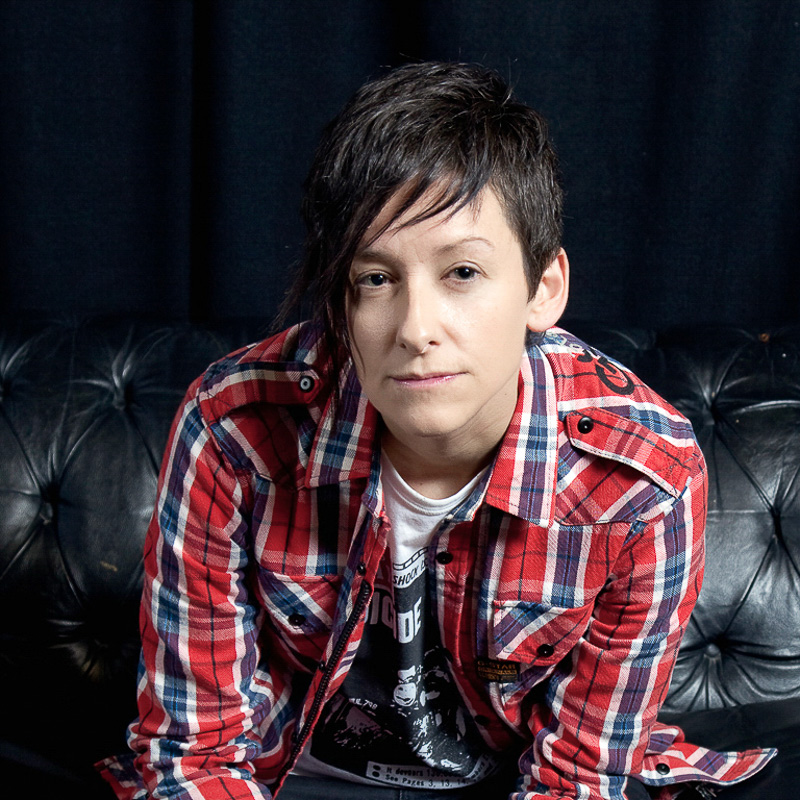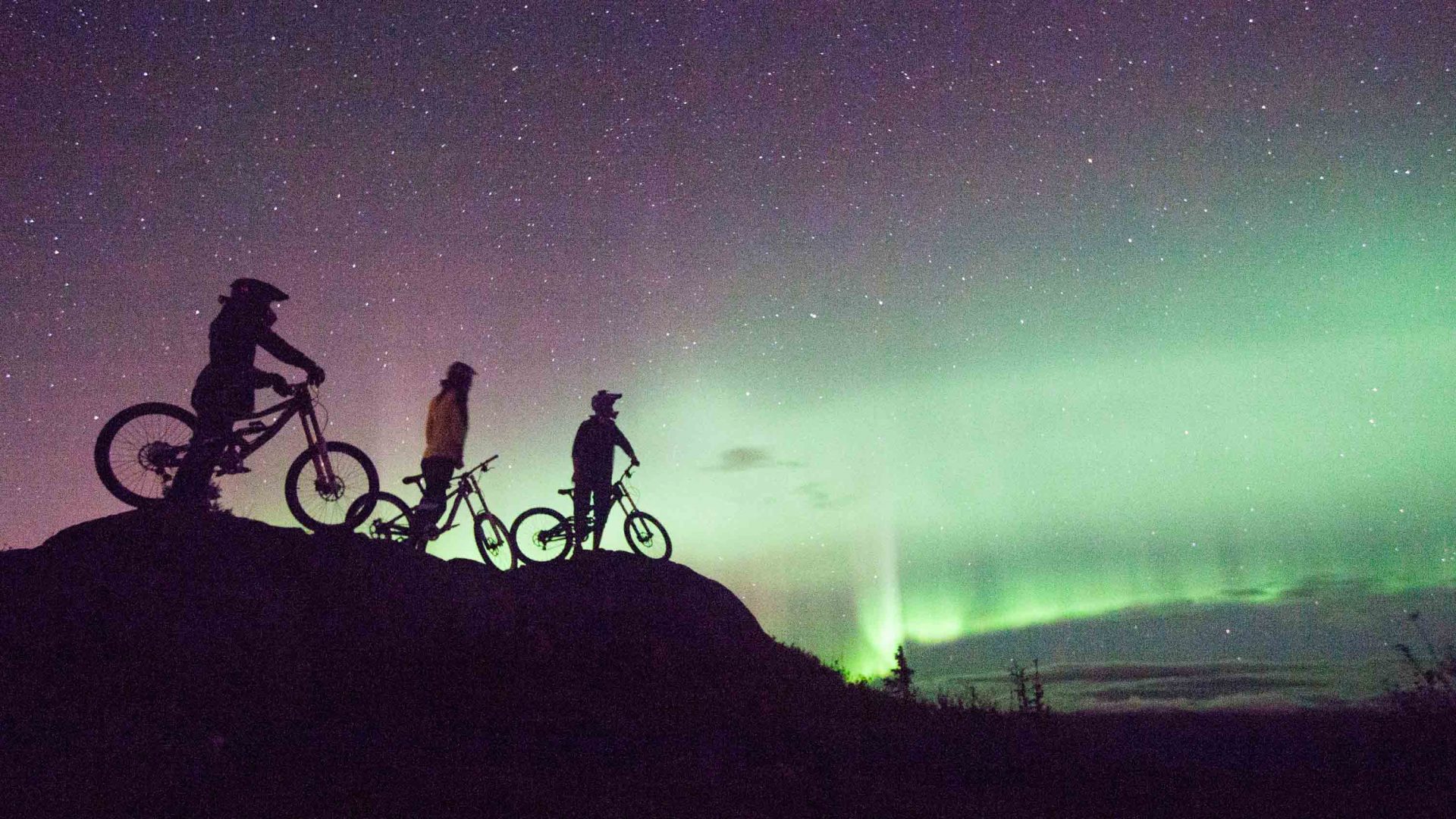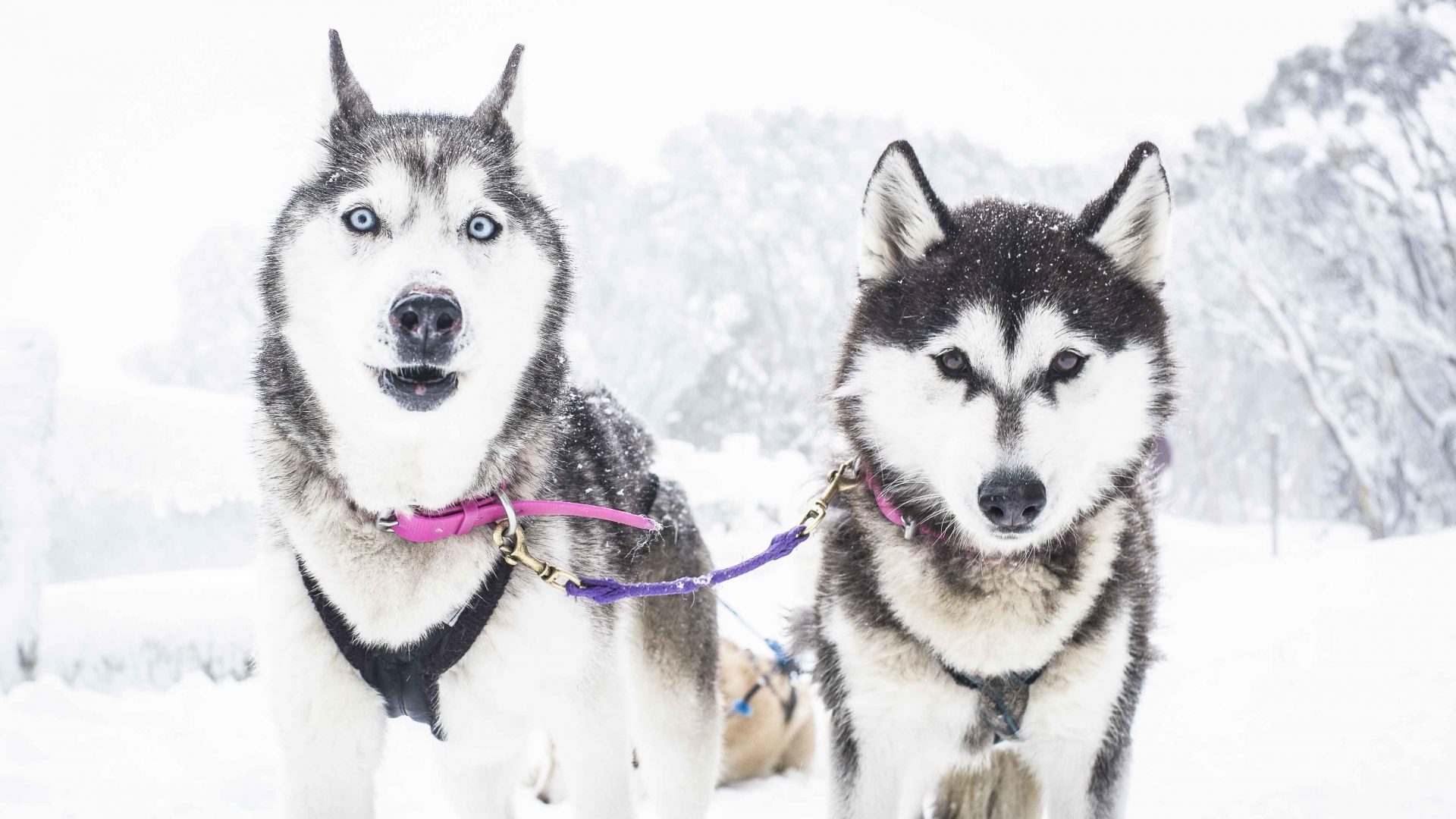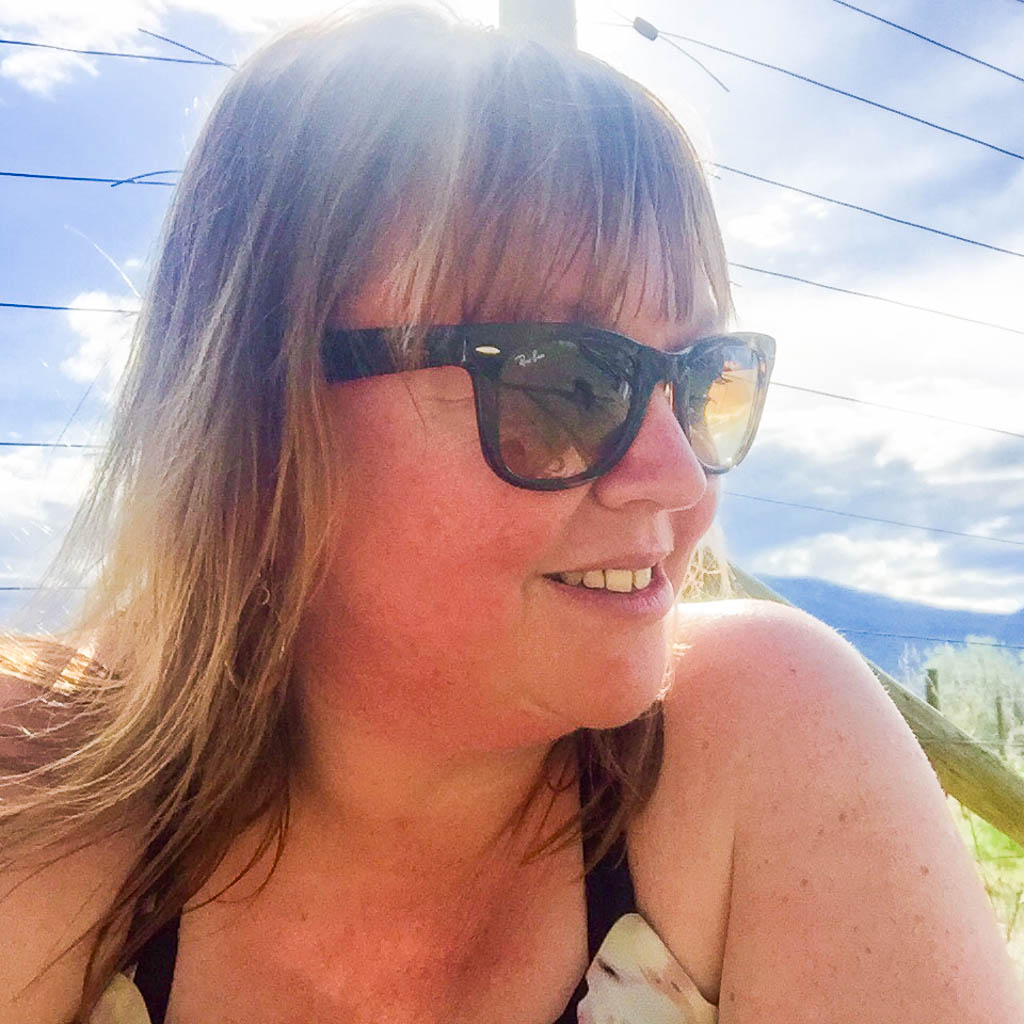Editor’s note: This article was published before the coronavirus pandemic, and may not reflect the current situation on the ground.
For photographer Susan Portnoy, the opportunity to shoot polar bears—with her camera, of course—was an experience not to be missed. And so, lens at the ready, she ventured into Manitoba’s Hudson Bay.
My fingers have gone numb. Again.
I pull my mittens over my gloves and wait for the familiar prickly sensation that means my digits have started to thaw. At minus 34 degrees Celsius—and that’s without wind chill—the metal on my camera has become an adversary, and I can’t photograph too long without a break.
Radio Bear however, sporting heavy fur and several inches of fat, is content to lie on the ice. Tucking her nose into the bend of her elbow, she curls herself into a fetal position and closes her eyes. She may be the world’s largest land carnivore, but she looks more like a slumbering house cat than a polar bear.
We first saw Radio Bear (so named after the tiny research antennae attached to her right ear) this morning at sunrise, standing on a frozen slab in a sea of slabs on Hudson Bay in northern Manitoba. She stood motionless, staring at a spot on the ice. She was hunting. Or at least, she thought she was.
RELATED: Life and death on South Georgia island
“Poor girl,” said Rob, one of our guides. “She thinks there’s a seal under there.”
At two or three years of age, Radio Bear is old enough to be on her own, but, it seems she hadn’t learned that seals don’t swim that close to the coast. She was in for a long wait.
There are also ptarmigan and Arctic hares. The hares are larger than their southern counterparts with longer back legs and are perfectly camouflaged—I rarely see them unless they move. I’ve come to think of them as the clowns of the tundra, little slapstick characters that roll in the snow and hop in every direction on their goofy oversized feet.
RELATED: Photos from Antarctica, Earth’s last wilderness
Wolves are less common, though one evening we hear a pack howling like something from a Dracula flick. Following their cries, we find a lone caribou standing on the crest of a hill. “Where there’s caribou, there’s wolves,” says Rob, grinning. The howling stops as we reach a lake and in the sapphire light of the blue hour, we spy a wolf racing across the ice. Then another, and another. We only see them for a few seconds before they vanished into the night, but I am downright giddy.
As the last glimpse of her disappears from view, I’m reminded that these incredible creatures, as a whole, are in jeopardy. According to Polar Bears International, the rise in global warming has been responsible for a 30 per cent reduction in Arctic sea ice since 1979. As a result, PBI says, “scientists predict that as the Arctic continues to warm, two-thirds of the world’s polar bears could disappear within this century.”
On Hudson Bay, it’s likely the populations will disappear much sooner. Dr. Andrew Derocher from the Department of Biological Sciences at the University of Alberta has been studying polar bears for 35 years and is an expert on the Hudson Bay area. He says recent research shows that the rate of sea ice loss is impacting the local bears. In the 1980s, the population was around 1200; today it’s 800.
Shorter intervals of ice means less time feeding and more time on land without food. “Bears are coming off the ice with lower overall body condition. They no longer come ashore with enough fat reserves,” he says. Females are having a harder time rearing their cubs to the point at which they can be weaned and if this cycle continues, Dr. Derocher estimates they could “blink out” in the coming decades.
